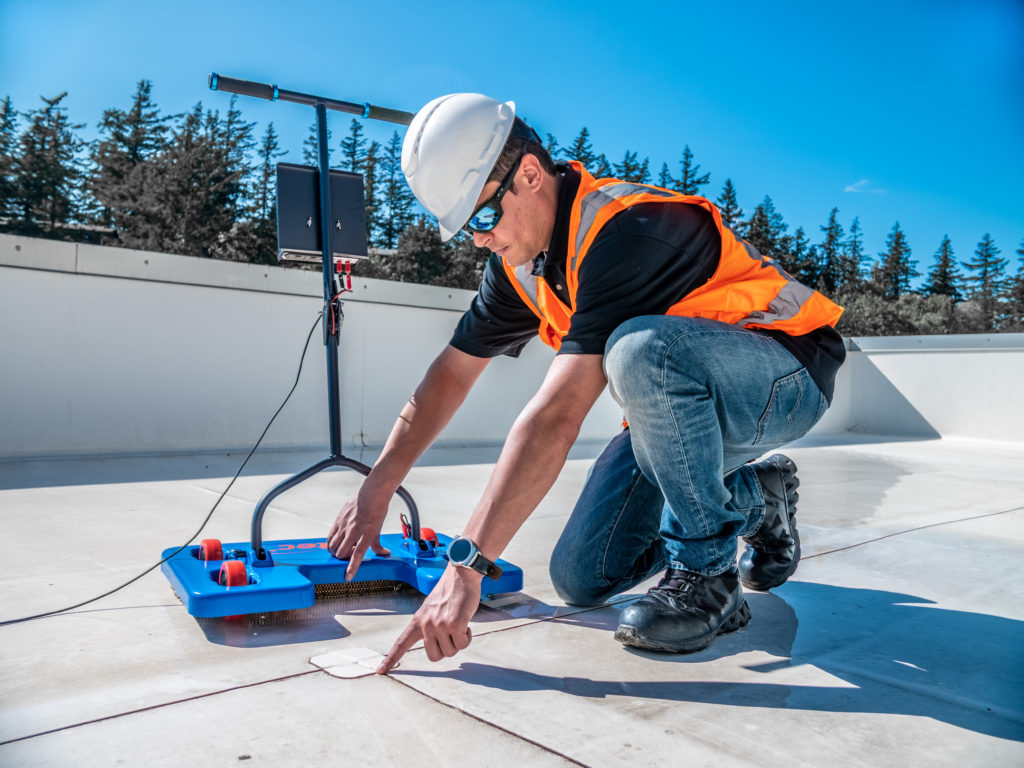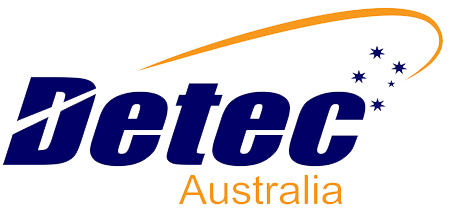
How Detec Australia Helps The Building Industry
Every year, building owners, development teams, and their insurers spend hundreds of millions of dollars litigating and repairing water intrusion problems. The collateral damages include thousands of tons of wasted building materials, increases in insurance rates, non-renewal of policies, lost productivity, and injured reputations. The vast majority of these problems are the result of water intrusions that cause moisture to accumulate in the concealed spaces of buildings.
The failure to detect, identify, and correct minor water intrusions at the earliest stages is considered the greatest cause of premature roof failure. This is particularly true of roofing materials applied on low-slope or flat roofs. Costly roofing problems are often the result of design deficiencies, faulty installation, or damage from other trades after installation. Even when properly designed and installed, roofing materials deteriorate from exposure. Roof designs that incorporate a waterproofing membrane under a green roof or other overburden greatly exacerbate the problem of locating leaks.
Unchecked moisture accumulation will reduce the structural integrity of buildings by creating rot in wood and corrosion in steel. Moisture can affect the health of occupants directly by breeding harmful organisms such as mould spores. Moisture can reduce the service life of the building structure and sensitive electronics through premature degradation of components. In short, uncontrolled moisture will negate the most vital and important qualities of a building.
Detec Australia
Download Brochure
Download our easy 3-page brochure to understand how the Detec IntegriScan system works, how it compares to other testing methods & how it can protect your property.

How Does Detec Australia Works?
The principle of this Electronic Leak Detection (ELD) method is to establish a voltage potential between the membrane and the roof deck and then track any leakage current. This is accomplished by wetting the surface of the membrane, applying a voltage with respect to ground and then locating areas where electrical current flows through membrane breaches to the deck.
A scanning platform is used to test the membrane for breaches. The platform is constructed with dual metal sweeps which make continuous electrical contact with the membrane surface. The outer sweep forms a continuous perimeter around the platform with the inner sweep contained within the perimeter of the outer sweep.
The positive terminal of the unit is attached to the building electrical ground or the roof deck (concrete, metal, or any conductive material) and the negative terminals on the unit are attached to the sweeper sensors of the unit via the inner and outer sweep meters. The electrical signal from the outer sweep loop provides an electrical path over the wet area of the roof to any breach within the wetted area, thus completing the circuit to the ground wire.
A light spray of water is applied to the membrane in front of the advancing IntegriScan™ platform. The outer sweep responds to and displays any leakage current in the test area. The inner sweep will detect a maximum leakage current when the platform is directly over the membrane defect. This will result in a maximum indication on the inner sweep meter accompanied by an audible alert. This precisely identifies the place where water is penetrating through a breach in the membrane.
The IntegriScan™ is the only ELD method available to test conductive membranes including black EPDM.
How Does It Work?
Integriscan Demo – The Integrity of your membranes deserves the most accurate testing system.
Membrane Breaches – Fast Location, Faster fix, Less damage, Less cost.
The IntegriScan is the most accurate and advanced Electronic Leak Detection testing method available
Our Location
We are located in Falcon, WA
Drop us a line
If you have any questions about how Detec Australia can help you. Please complete the form below
Support
Need to speak to someone from Detec Australia? Click the link below to call us


